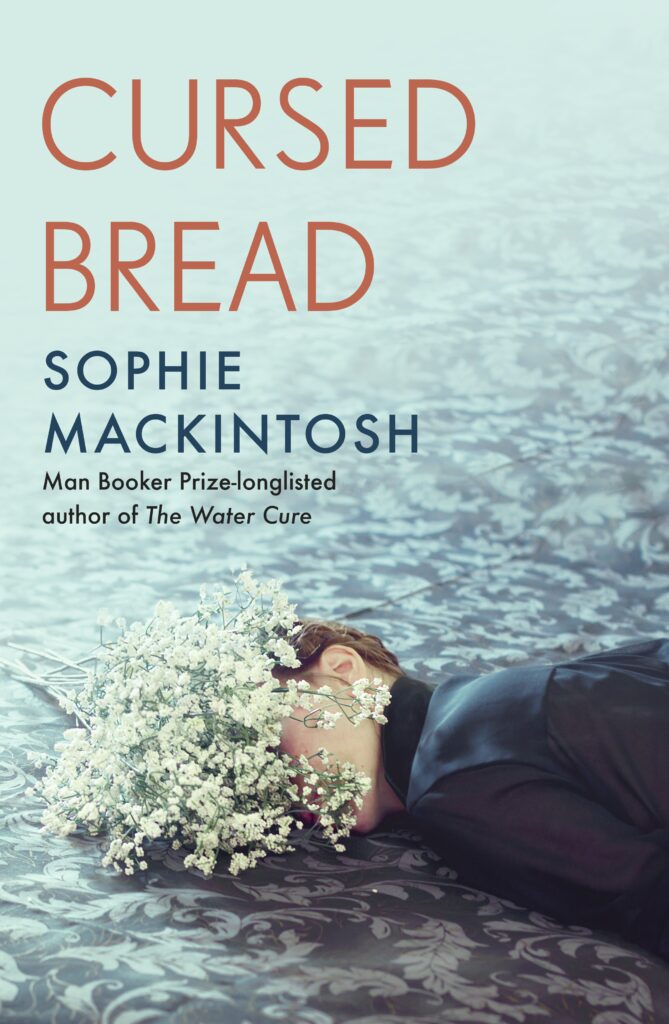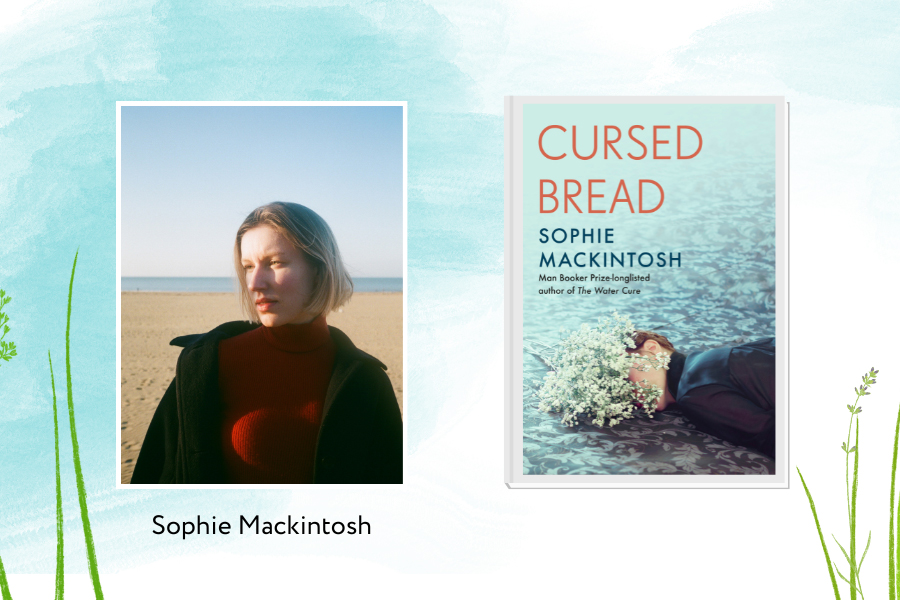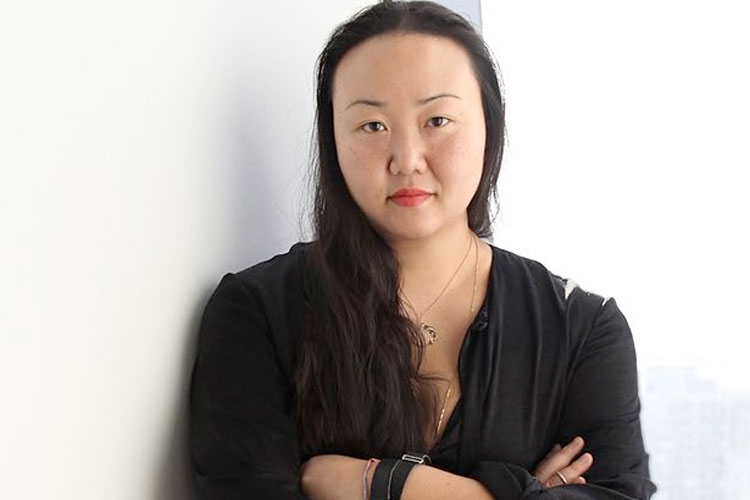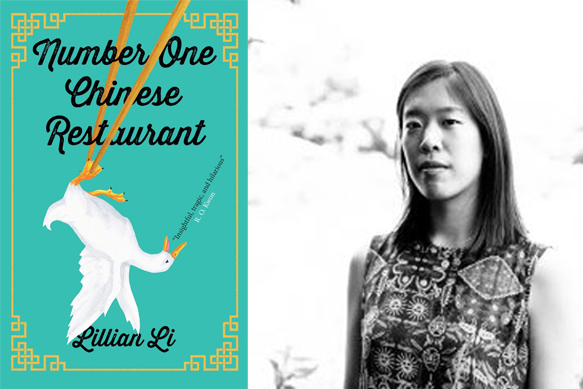Meet Sophie Mackintosh, author of the Women’s Prize 2023 longlisted novel Cursed Bread.
The Guardian called this novel ‘a quietly rich maturation of Mackintosh’s skill, set in a semi-rural postwar French town.’
The premise of this book is powerful and unique, so what was the inspiration behind the novel? We grabbed a quick five minutes with each of the authors behind the longlisted books to ask that question and more…
Describe your novel in one sentence as if you were telling a friend.
Cursed Bread is centred around a bored baker’s wife in a small French town in the 1950s, who becomes progressively more obsessed with a new and glamorous couple, all set against the backdrop of a real-life and unsolved mass poisoning event that caused the inhabitants of the town to suffer violent hallucinations.
What inspired you to write Cursed Bread?
It’s based on the true story of the Pont St Esprit mass poisoning in 1951 – called ‘Le Pain Maudit’ (literally Cursed Bread), where an entire town was struck down by hallucinations. It was never definitively solved, with theories ranging from ergot poisoning in the flour (the most likely) to CIA mind control experiments with LSD (less likely, but the theory that gripped me!) I heard about the story and thought it was interesting but filed it away. But I’ve always been fascinated by stories of mass hysteria, and so I kept returning to it over the years, and gradually the characters started to take shape for me – in the end, I wrote a completely fictional imagining, not retelling the event as it happened, but using this idea of a town’s reality turned upside down as a springboard to explore ideas of desire, truth, obsession and narrative.
Are there any locations that have a special connection for you or your book?
The town of Pont St Esprit in France is where the real-life poisoning that the book is based upon took place; however, my book is completely fictional, and the town itself is never referred to.

Which part of the book was the most fun to write? Which was the most challenging?
Part of the book is narrated in the present day through letters from the main character Elodie, to her friend Violet, who was one half of the couple that came to the village. I loved writing these and setting little clues to the readers about what happened in the town as the information is slowly revealed. I found finding the right narrative voice challenging at first – I wrote over half of an entire draft in the voice of Violet rather than the baker’s wife, Elodie, but it wasn’t working. It was hard to abandon that version of the novel, but the minute I started writing from Elodie’s perspective, the story came truly alive for me.
Which of the characters from the book would you most like to spend a weekend away with and why?
I wouldn’t mind a weekend away with Violet, who would probably be quite an unpredictable holiday companion, but one who would keep you on your toes at least, and who knows how to enjoy herself.
What first inspired you to write?
I’ve always loved writing, starting with poetry when I was a teenager and then moving gradually to short stories and finally to novels. Writing for me has always felt limitless, which is something that excites me – you can be imaginative and precise, and you can go over something again and again.
What is the best piece of writing advice you have received?
Everything is useful, and don’t be too precious – if something isn’t working, don’t be afraid to lose it or feel like you’ve wasted your time. You might have needed to write those words and pages in order to get to something better.








